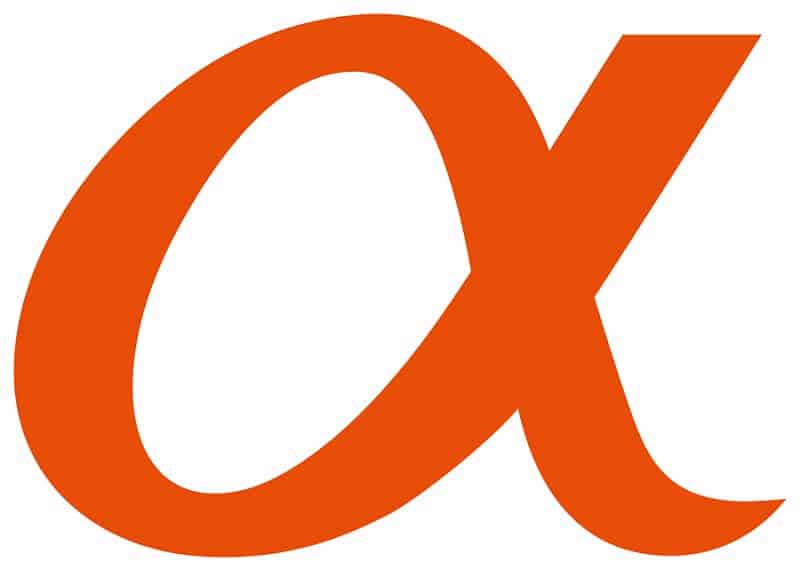What Exactly Is Alpha?
The ability of an investment strategy to beat the market, or its “edge,” is referred to as alpha (α). As a result, alpha is also known as “excess return” or “abnormal rate of return,” which alludes to the assumption that markets are efficient and that there is no way to systematically achieve returns that are higher than the overall market. Alpha is frequently used in conjunction with beta (the Greek letter), which quantifies the overall volatility or risk of the market as a whole, also known as systematic market risk.
- Excess returns earned on an investment over the benchmark return are referred to as alpha.
- Diversification is meant to eliminate unsystematic risk, and active portfolio managers strive to produce alpha in diverse portfolios.
- Because alpha measures a portfolio’s performance against a benchmark, it’s commonly thought of as the value that a portfolio manager adds to or subtracts from a fund’s return.
To put it another way, alpha is the return on an investment that is not influenced by broader market movements. As a result, an alpha of zero means that the portfolio or fund is perfectly mirroring the benchmark index and that the manager has contributed or lost no additional value over the general market.
Advantages of Alpha
Fund managers can use alpha to get a sense of how their portfolios are doing in comparison to the rest of the market. Alpha can be a useful tool in trading and investing for determining market entry and exit opportunities.
The disadvantages of alpha
The drawbacks of using alpha as a way to measure returns include that it can’t be used to compare different investment portfolios or asset kinds because it’s limited to stock market investments.
Beta vs. Alpha
To compare and analyze portfolio results, alpha and beta are utilized together. While alpha is a measure of a portfolio’s performance, beta is a measure of its historical volatility – or risk – in comparison to the overall market. For example, a beta of 1.2 indicates that the stock is 20% more volatile than the market.
Conclusion
Alpha is a technical analysis ratio that shows how a stock has performed or given outcomes when compared to a benchmark or market index. The alpha percentage, which is commonly expressed in simple numbers like alpha 4 or 5, or alpha -1, is the amount by which a stock or portfolio has excelled or underperformed its benchmark. A high alpha indicates a strong stock, while a low alpha indicates a bad stock.


Leave a Reply